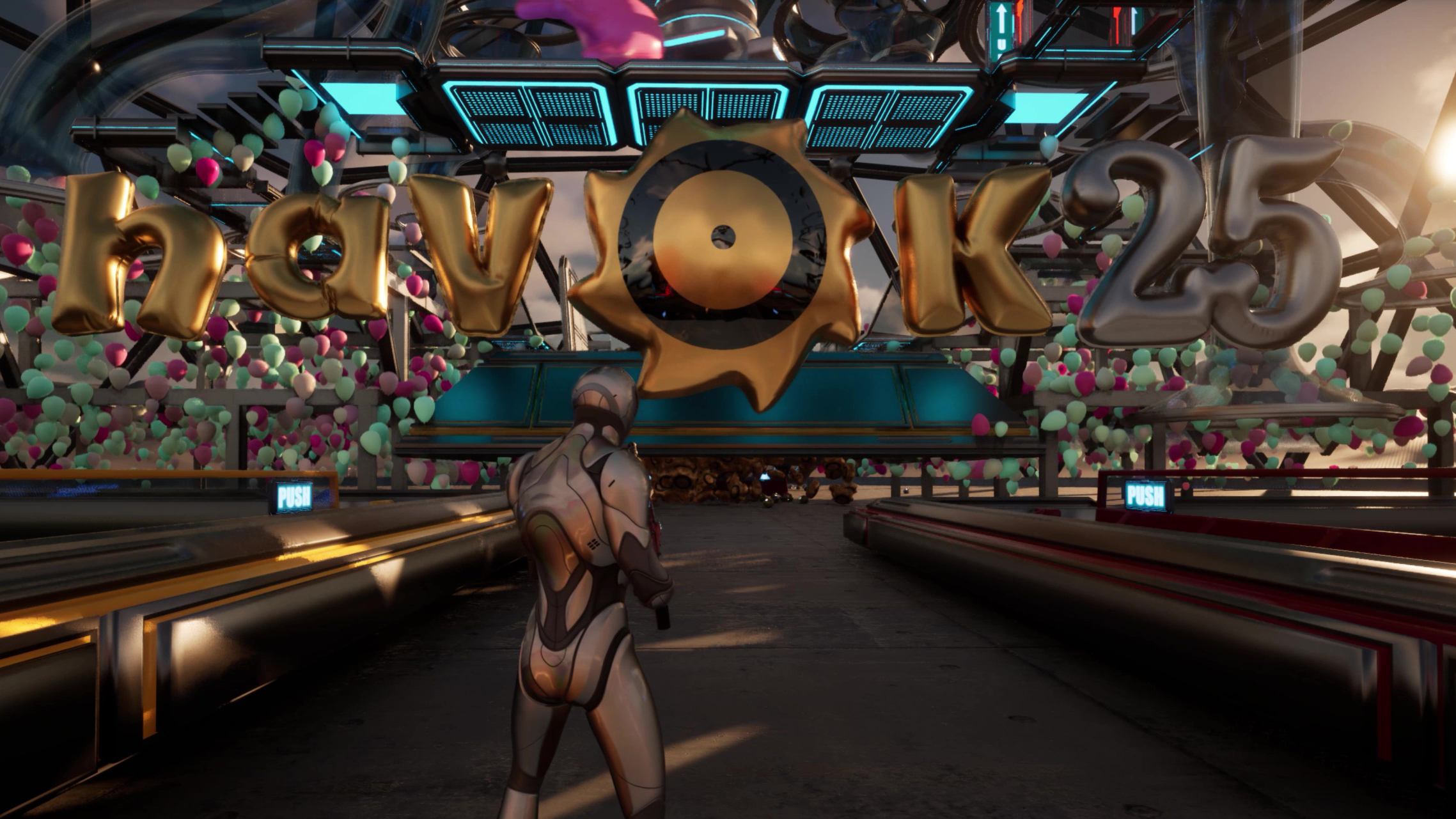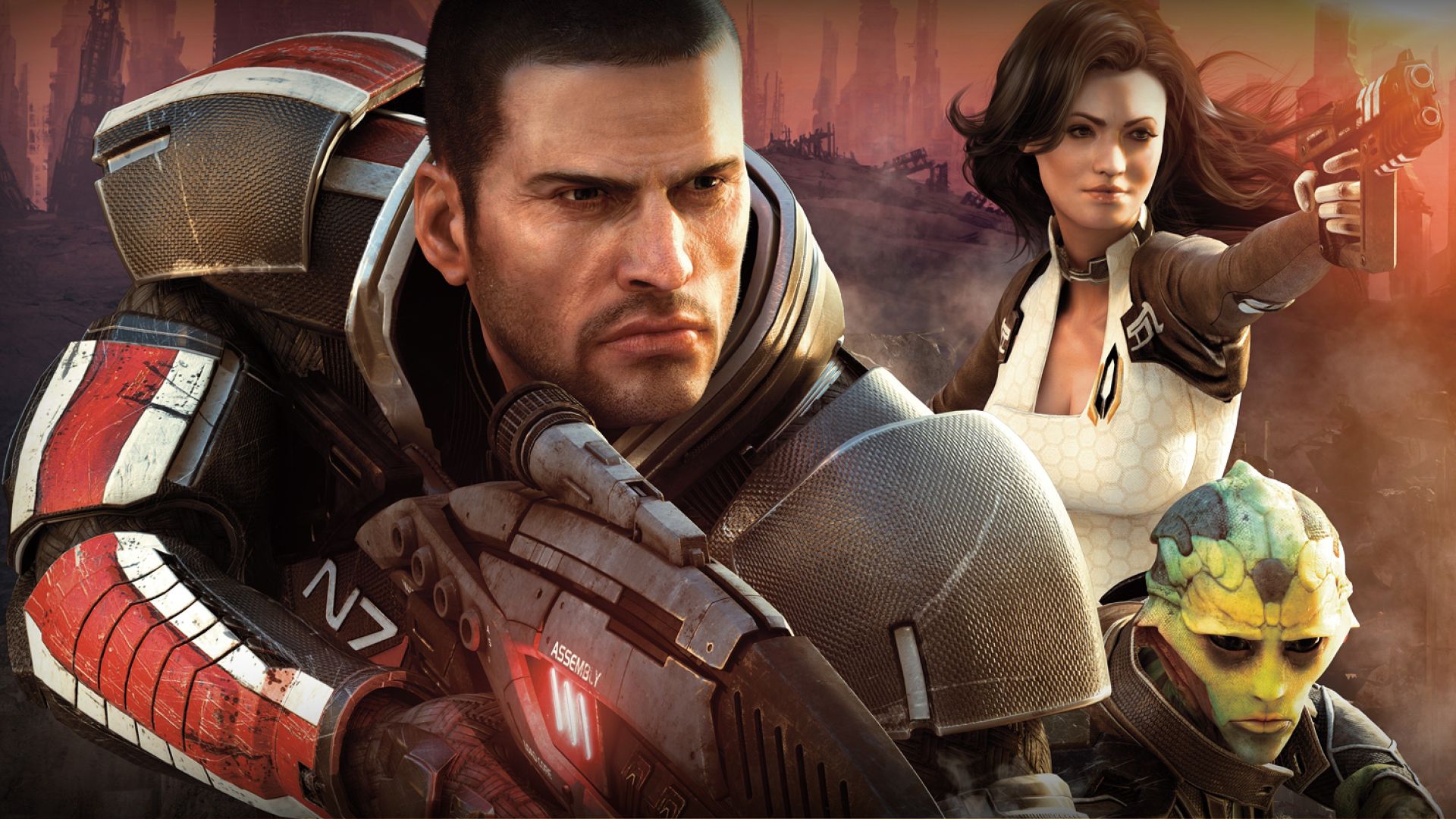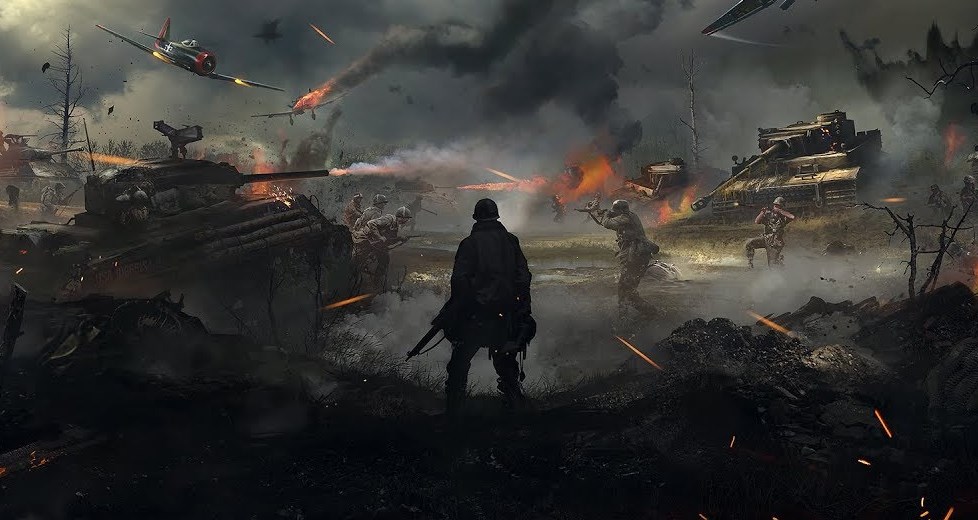
An icon of 2000s gaming wants us to know that it's still being used in big games, even if SSDs mean hardly anyone has time to show its logo anymore.
Say the name “Havok,” and I instantly picture the yellow sawblade in the company’s logo. For PC gamers of the 2000s, that logo was a promise: Wonderful things await.
But do younger PC gamers know what the name signifies? And do the rest know that the Irish middleware company, made famous through its use in games like Max Payne 2 and Half-Life 2, is still working its physics magic in big, recent games like Elden Ring and Helldivers 2?
Perhaps not, and if not, Havok GM David Coghlan suggests a funny reason for the diminished name recognition: SSDs.
“The logo appears a little less in splash screens these days, as splash screens are sort of being done away with,” Coghlan said on a recent call with PC Gamer. “The speed of hard disks meant that you needed something to occupy the player while the game was loading, and as we’ve moved to faster SSDs, now the emphasis is on trying to get the player in the experience as early as possible.”
Come to think of it, I can’t remember the last time I saw the Bink Video tornado. What have we done in the name of progress!?
“I suppose we just want to make sure that people don’t forget that Havok is out there powering many of the franchises that they play and love,” Coghlan said.
And people did forget. When Havok started posting new tech demo videos this year—one of them is embedded above—commenters were excited to see that the company was back. But it never went away.
Havok has been owned by Microsoft since 2015, and its tech is still used in lots of games, including Zelda: Breath of the Wild, Destiny 2, Doom Eternal, and Rainbow Six Siege. It was used in Astro Bot, which won a gazillion GOTY awards last year.
Havok’s software helps game developers with physics and cloth simulation, as well as NPC behavior. And although I do buy the idea that splash screens going out of style reduced its notoriety, Coghlan agrees that it’s also just harder to impress gamers with a tech demo these days.
Even the most basic and janky real-time 3D physics simulations were mind-blowing back in the 2000s. Max Payne 2 was worth playing just for the ragdolls, and after Half-Life 2 came out, with its Gravity Gun and sawblade-flinging, Havok became firmly associated with the cutting edge—we looked for the name on game boxes.
Today, however, you’re not going to blow anyone’s mind with a box stacking puzzle, and even the destruction in the new tech demo below—cool as it is—doesn’t quite stir up the same excitement it would’ve back when videos of bouncing balls and floating rubber duckies were shown to rapt E3 audiences.
But that doesn’t mean Havok has run out of math to do; we might just have to look deeper to be impressed by it. The company continues to make its simulations of objects, fluids, particles, and cloth more efficient, allowing game devs to pursue more complex scenes and systems. And, Coghlan noted, Havok’s work to make physics simulations harder to break allows developers to give players a longer leash.
“If I think about the early days of physics, strange things could happen, like the key that opened the door could slip through a crack in the polygons, and then the developers have to get conservative, because they don’t want to allow players to get themselves into trouble,” he said. “And a lot of what we’ve been focusing on is to give developers the ability to actually put an awful lot of choice in the hands of the player, let players tackle things in a pretty open ended way.”
Coghlan also highlighted a lesser-known aspect of Havok’s offering, which is related to NPC pathfinding.
“We’re seeing a significantly greater range of NPCs in terms of scale, in terms of movement types, in terms of movement capabilities,” said Coghlan. “And a lot of our focus is on enabling developers to do a lot of the behind-the-scenes computation that a creative developer then will use to put together a really interesting, challenging set of NPCs and enemies for the player to interact with.”
Havok recently introduced a new pricing structure. At $50,000 per product at the low end, the software still isn’t intended for no-budget garage studios, but Coghlan hopes the price will open it up to ambitious mid-sized teams.
“I think what we’re seeing overall is a little bit of an evolution in the games industry, where more mid-sized teams—teams that might have, say, 10s of employees—actually have quite a lot of ambition,” he said. “You know, it’s possible for teams to pick up one of the commercial engines, like Unreal or Unity, and actually be pretty ambitious in terms of what they want to achieve.”
I can back that idea up anecdotally, as I happened to speak to such a team very recently: Neon Giant, a Swedish studio of a little over 20 people that’s making a first-person game it calls “ludicrously ambitious.” (I don’t know whether that particular studio and game are using Havok.)
Wherever the physics middleware is used next, I wouldn’t mind seeing the logo pop up again. Maybe now that every game seems to need 10 minutes to compile shaders at first launch, developers will find a new place for that little yellow sawblade.





